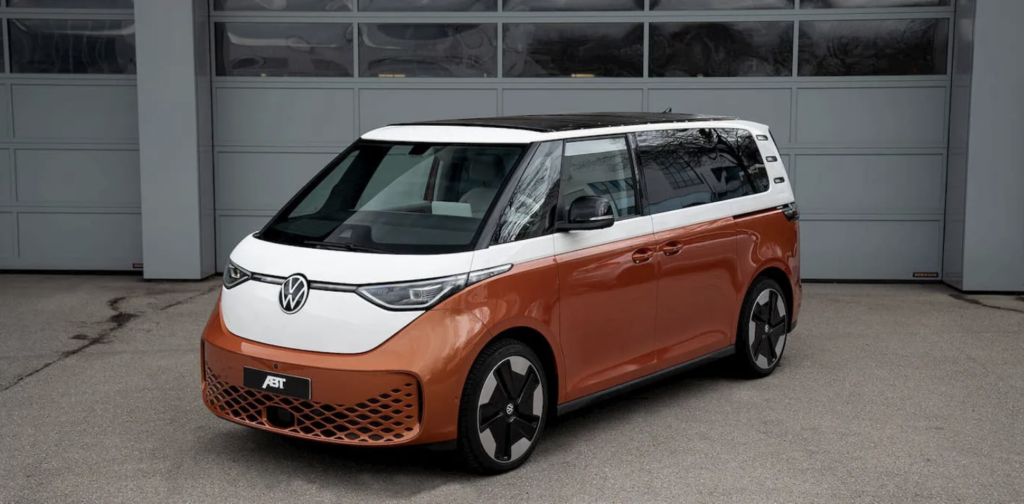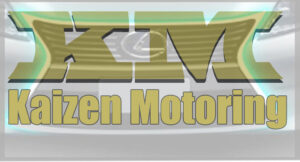Volkswagen’s electric version of its iconic microbus, the VW ID. Buzz has just gotten even more adventure-friendly. Custom German auto tuner ABT revealed today it has developed solar modules to fit on the roof of the ID. Buzz.
The solar panels, mounted on the vehicle’s roof, can send up to 600 watts to the electric vans battery pack while driving or parked, with plans to expand output to over 1,000 W. Power from the solar roof panels can deliver an extra roughly 1,864 miles (3,000 km) range each year or deliver off-grid energy.
What will 600 watts of Solar Charge?
Assuming you have 600 watts of solar panels that are operating at their peak efficiency, and you are able to generate a full 600 watts of power for an average of 5 hours per day (assuming 5 hours of direct sunlight), you could generate a total of 3,000 watt-hours (Wh) of energy per day.
The amount of energy this could charge on a camping trip would depend on the devices you are trying to charge. For example, a smartphone typically requires between 1,500-3,000 mAh (milliampere-hours) to fully charge, which translates to about 5-10 Wh. So, in theory, 600 watts of solar power could fully charge between 300 and 600 smartphones per day.
If you are looking to charge larger devices such as a laptop or portable refrigerator, the amount of energy required to fully charge these devices would be much higher. For example, a typical laptop battery has a capacity of around 50 Wh, while a portable refrigerator can consume between 20-60 Wh per hour of use, depending on its size and efficiency.


German auto tuner ABT announced in a press release on Thursday that its ABT E-Line has developed solar panels to fit on the top of the roof of the VW ID. Buzz.
Could you charge your battery if you run out of Charge? Maybe
The MPGe of an electric vehicle can vary widely depending on the vehicle’s specifications, but as of 2023, most electric vehicles on the market can achieve anywhere from 3 to 5 miles per kWh of charge. For example, if you were receiving full sun on your panels at a maximum of 600 watts per hour you could possibly add 1000 watts in 2 hours to gain your 3-5 miles of charge to propel you to safety. Considering you are only 3-5 miles from home or a charge station. At this point you might as well have it towed. However, these figures are subject to change as technology advances and new models are introduced.
In addition to charging the vehicle’s battery, energy from the solar panels can be used to power other electronics like a refrigerator or interior lightning. ABT says it will begin series production of the new ID. Buzz solar roof at the beginning of 2024 with Volkswagen Group Service carrying out the conversion close to the factory.









